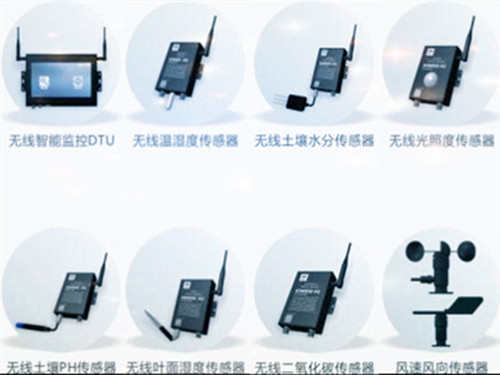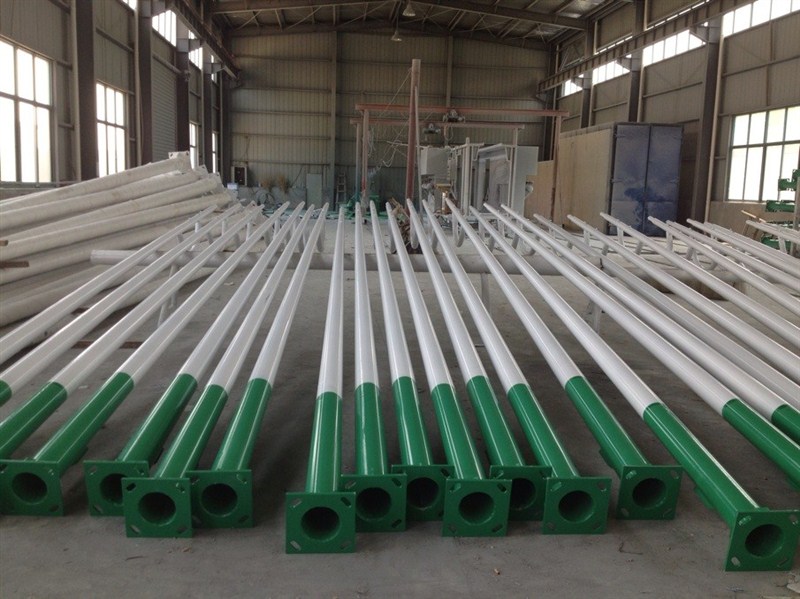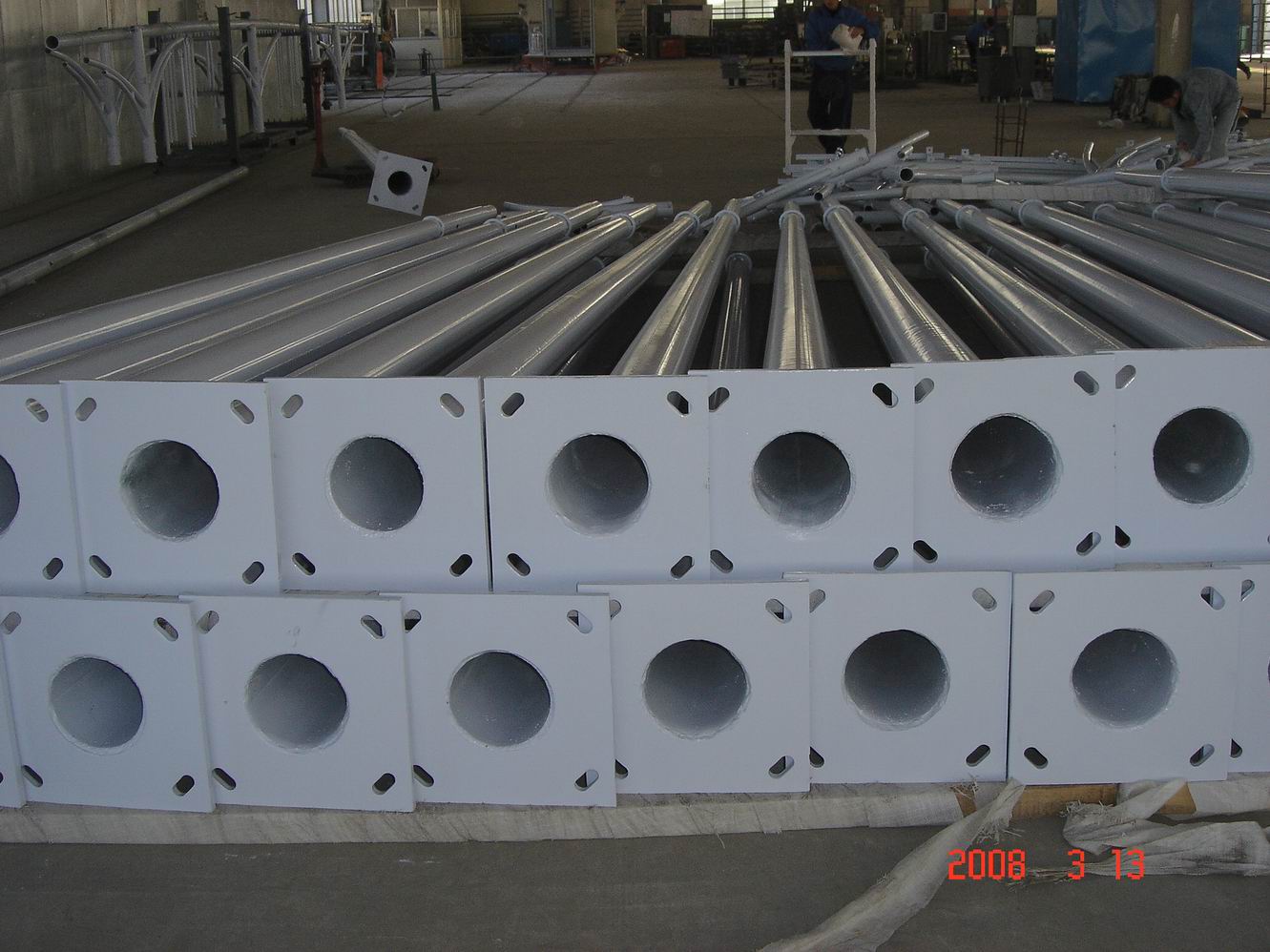
Agriculture is the main productive force of our country and it occupies an important component in our country's GDP. Domestic modern agriculture has developed rapidly in recent years. A few years ago, it had been able to control the temperature and air humidity in greenhouses. The temperature was low and hot water could be used to increase the flow from warm pipes. The temperature could be too high. The exhaust fan is used to reduce the humidity; the humidity is too low to increase the humidity through the curtain, and the humidity is too high to be increased by ventilation.
Before there is no sensor, people need to control the temperature and humidity in the greenhouse greenhouse. The parameters can only be performed with human experience. With the use of sensors, big data, and temperature and humidity monitoring systems, people can adjust and control the environmental parameters of the site based on the data measured by the sensors and the big data of the Internet of Things.
The birth of the temperature and humidity sensor allows production and plant management personnel to observe the temperature and humidity values ​​of the planting area in real time, and then determine whether to adjust the temperature and humidity of the growing environment based on the temperature and humidity values ​​and the comparison guidance of the big data.
The birth of illuminance sensor allows production and plant management personnel to observe the light intensity value of the planting area in real time. The big data platform can provide the photosynthesis intensity and light intensity needed for growth at various stages of the crop, and determine whether to fill light or shade is needed through comparison.
The birth of carbon dioxide sensor allows production and plantation managers to observe the carbon dioxide concentration in the planting area in real time. The carbon dioxide concentration will also directly affect the photosynthesis intensity of the crop. Management personnel can also control the concentration of carbon dioxide in the environment based on the monitored carbon dioxide concentration. It indirectly controls the growth of the crop.
The birth of the soil temperature sensor allows production and plant managers to observe the soil temperature in the planting area in real time. The soil temperature also affects the plant growth. Therefore, the soil temperature sensor can monitor whether the soil temperature causes poor plant growth.
The birth of a soil moisture/moisture sensor allows production plant managers to observe the soil moisture/moisture in the planting area in real time, and determine whether irrigation or watering is needed based on the value measured by the soil moisture/water sensor.
The birth of soil nutrient sensors allows production managers to observe all kinds of nutrients in the soil in the planting area in real time, such as nitrogen, phosphorus and potassium. If the nutrient is insufficient, management personnel will be reminded that they need to apply fertilizer.
The birth of the leaf surface humidity sensor allows production plant managers to observe the humidity of plant leaf surface in real time. The humidity of the leaf surface will affect the respiration of the leaf, and the respiration will affect the transportation of nutrients, so the humidity of the leaf surface becomes the current planting. The greenhouse monitoring is an important factor.
More and more sensors will be used in agricultural demonstration parks or agricultural greenhouses. The involvement of sensors will also allow modern agriculture to take a big step toward smart agriculture.
Under the current trend of agricultural development, Chengdu Xinxin Electronic Technology Co., Ltd. has also vigorously explored the application of smart agricultural systems and sensor technology in agriculture, and made a contribution to the construction of China’s modern smart agriculture and the real realization of “Internet of things+ agricultureâ€. Your own contribution.
Pole Height: Hot-Dip Galvanized, Q235 Painting Plastic,4M-15M For Choosing
Pole And Lamp Fixture Color: Grey, White, Black, Blue, Green, EtcPole Shape: Tapered, Square, Hexagonal, Octagonal, Etc
Testing Including:
1.Material testing
2.Shape testing
3.testing after Galvanizaiton
4. Tensile testing
5.Fittings check


Steel Pole
Steel Pole,Galvanized Steel Pole,Street Lamp Steel Pole,Steel Solar Street Light Pole
Yangzhou Bright Solar Solutions Co., Ltd. , https://www.solarlights.pl